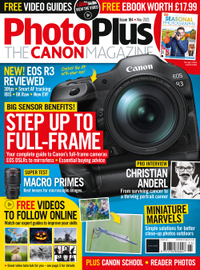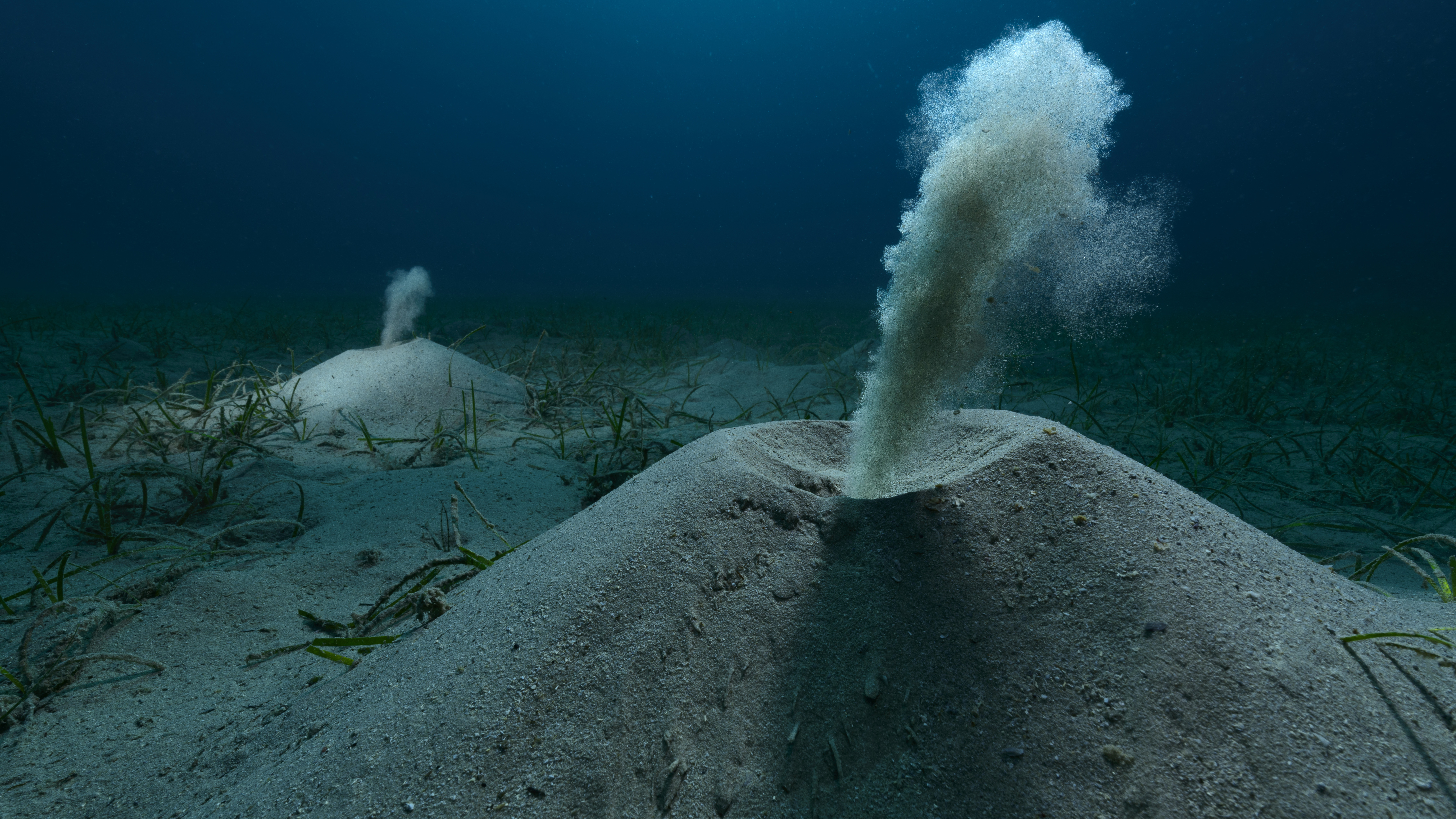"You are far better returning from a trip with 10 magnificent shots rather than 100 mediocre shots"
"I don’t believe that anyone can work purely as a travel photographer these days," says travel photographer Kav Dadfar
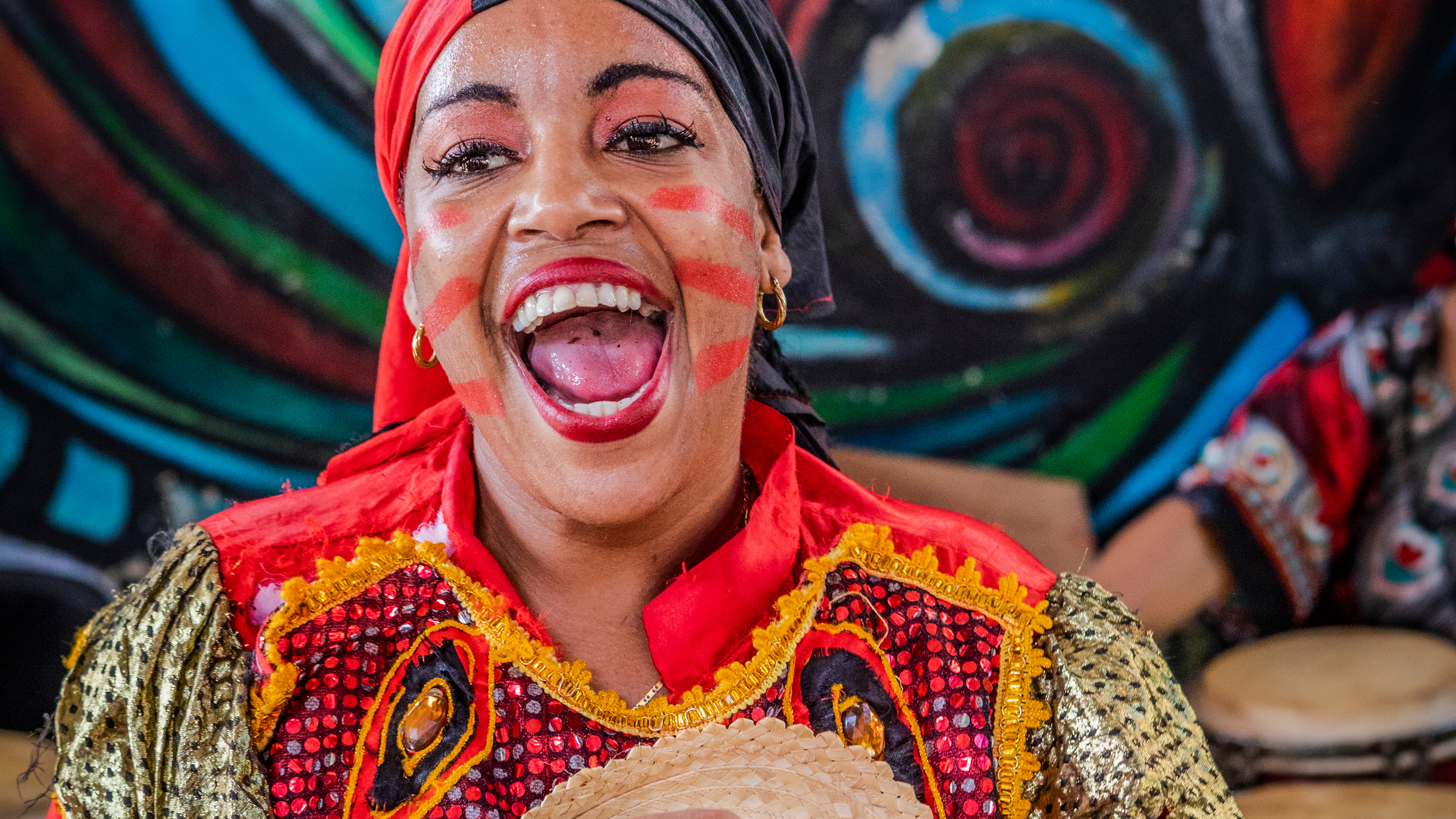
Kav Dadfar is the epitome of a successful, modern, professional photographer. He embraces the business side of the profession as much as the creative and is never shy to diversify his skills in other areas.
During the COVID-19 pandemic, several travel publications sadly went under, but Kav – and fellow photographer Jordan Banks – saw it as the perfect opportunity to launch a new travel magazine, Jrny.
Kav’s photography has been telling a story for editorial and commercial clients since his career began, and even in these image-saturated social media days, he still finds new ways to explore the world and capture collections of unique travel photos.
Kav Dadfar is a professional travel and landscape photographer based in Surrey, UK. He started taking photos and developing film at university, then went on to work as an art director in London – where photos played a part in his everyday workflow.
Since turning pro, Kav has worked on editorial and commercial assignments and shot hundreds of stock images, for clients including National Geographic, Wanderlust Travel Magazine, Lonely Planet, Rough Guides, American Express, Sunday Times Travel, The Guardian and PhotoPlus. Kav is also a writer, tutor, and judge.
He has written over 500 articles on travel and landscape photography, runs group photo tours as part of That Wild Idea with Jordan Banks – the photographer with whom he co-founded Jrny Travel Magazine – and is a judge on the Wanderlust Travel Magazine Photography of the Year competition.
So, photography. Where did it all start for?
For me, photography started at university. I was studying art direction and information design at what is now the London College of Art, and as part of my course I also had to study photography. But that was in the early stages of digital photography so I had to learn to take photos on film and develop them.
How would you describe your portfolio?
After I graduated, I worked as an art director in advertising for a few years. During this time I was still taking photos, but it was for the odd client here and there and mainly as a hobby. But that influence of being an art director has stuck with me in both my approach and my style, and has continued to do so since turning pro.
I would say I am very meticulous in my composition of an image and how the subject, light and colors work together. When someone looks at my portfolio they will notice bright, vibrant images that are composed well, and often even if they are fleeting moments they look almost deliberate.
Are travel and landscapes two distinct genres?
They are distinct genres but as a travel photographer, you have to be able to do both. You will rarely be sent on an assignment that just includes landscape photos. Even if the destination is the wilderness, you will still be required to capture a variety of photos from close-ups to portraits of guides or people you meet en route.
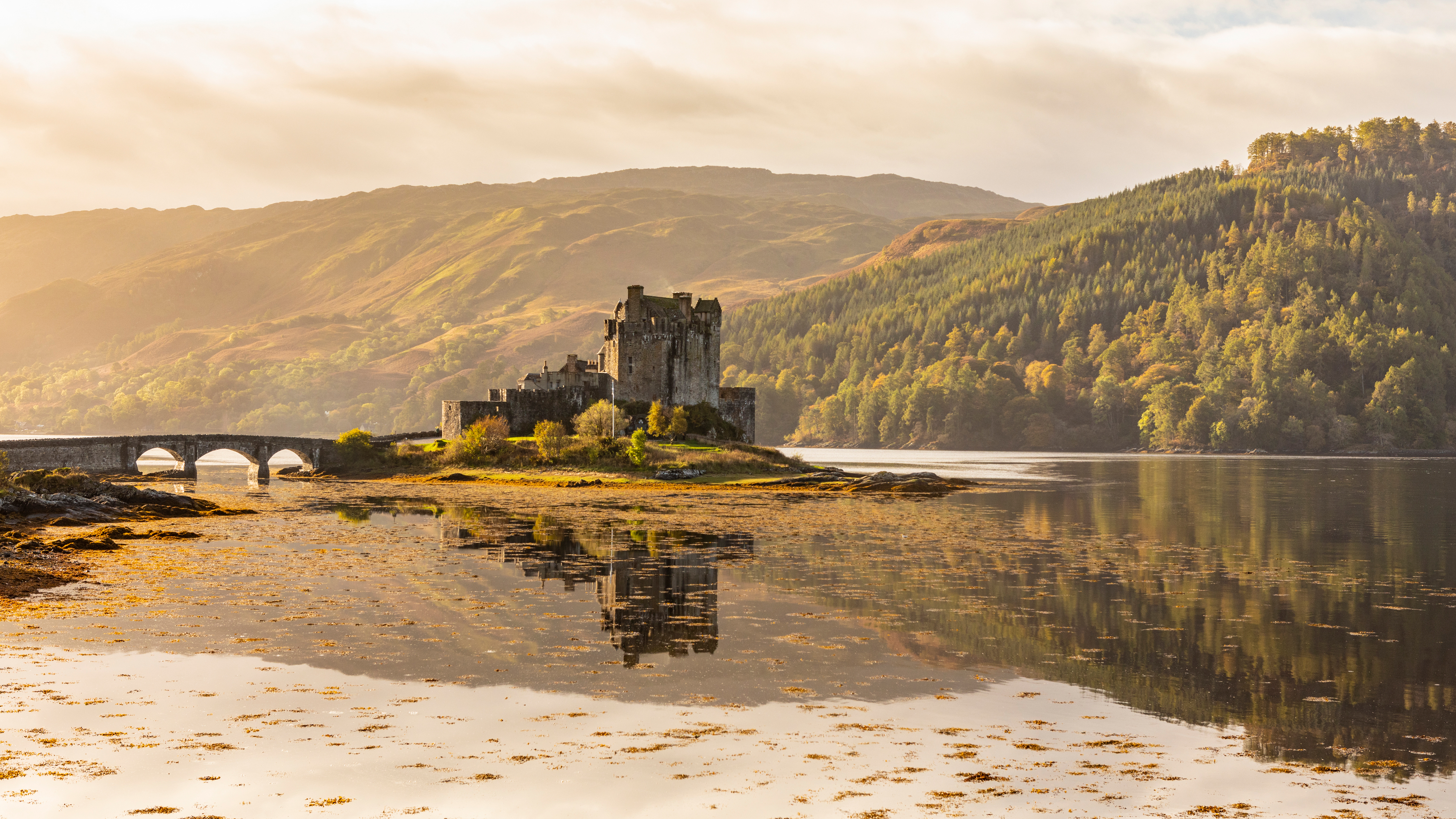
Are your camera techniques the same for both?
The biggest difference for me between the two is that when I’m shooting landscapes, more often than not for my best photos, I will be using a tripod and probably a filter or two of some sort. This is because of the low light and the disparity in lighting between the foreground and the sky during those hours.
This makes landscape photography a slower process where you can really take your time to capture the perfect composition. While sometimes this is also possible in travel photography, usually you are shooting handheld and being more reactive to possible fleeting moments that present themselves, so you need to be able to work quicker.
Tell us about your most memorable travel experience so far.
If I was to choose one, it would be my first backpacking trip to Thailand and the very last morning that I woke up in my hotel room. I looked out of the window at sunrise and just remember feeling like I could never go back to my old career. A month after returning home, I quit my job in advertising and started planning a round-the-world trip.
How do you generally shoot? Manual mode, aperture priority?
My shooting modes tend to vary depending on what I’m photographing. In landscape photography when my camera is on a tripod, I will usually be shooting in manual mode. But if I’m shooting handheld in a city I would be shooting in aperture priority. But I may switch to shutter priority if I’m photographing fast-moving action like a festival.
How important is planning?
Preparation is even more important with travel photography because you are short on time when you are on location. So having a clear plan and also a shot list will ensure you don’t waste time.
Sometimes you may even have to make special arrangements or get permission to be able to photograph somewhere so it pays to start planning your shoot well in advance. Part of that planning also includes working out what you are likely to need so you can pack accordingly.
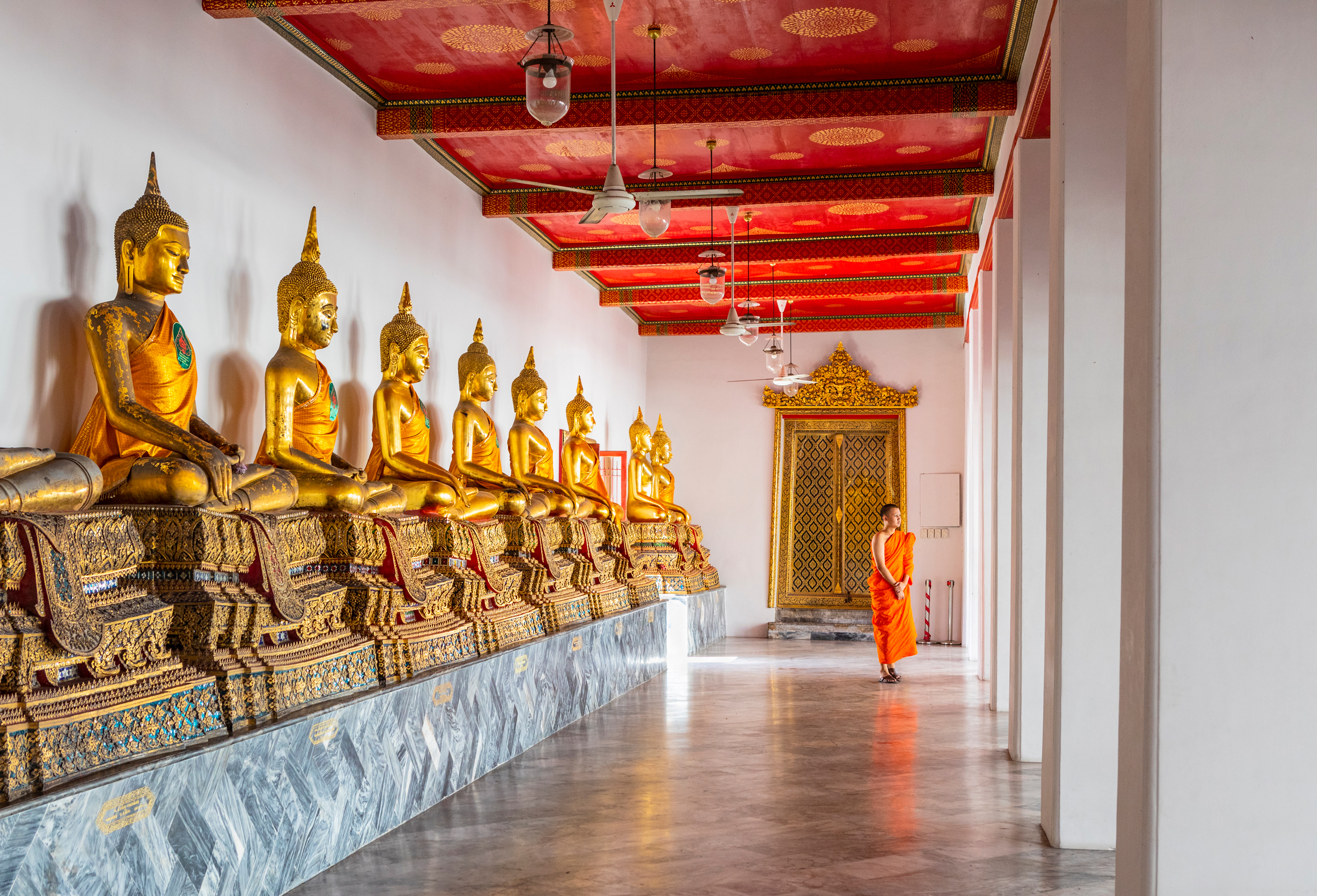
How do you prepare for a big assignment?
I go through the brief and compile a list of questions for the client (there will always be questions). I will also give any feedback at this stage. For example, it may be that what they are asking for is too ambitious in that timeframe. Or it might be that a particular shot isn’t possible.
I will also start to pull together a shot list on a day-by-day basis that works most efficiently and mark it out on a map. For example, I try to group shots into the same area to minimize travel between locations. I also look at what photos already exist from those locations to work out new views or angles that haven’t been covered. Once I have my shot list, I’ll compile my list of what I will need to take with me, and if needed rent any new equipment.
How would you advise people on their first trips?
One of the biggest mistakes novice travel photographers make is trying to pack in too much in the timeframe that they have. This ends up making them rush around with very little time at each location. This also means they're less likely to wait for the perfect conditions or moment because they want to capture everything.
There’s a good way to look at things… you are always far better returning from a trip with 10 magnificent shots rather than 100 mediocre shots.
You live near London, but are you usually on the move?
I don’t actually travel as much as people may think I do. A big part of being a travel photographer is also the boring stuff that you need to do as a business owner. Things like marketing yourself and trying to win new clients are just as important as traveling. I tend to be away around four to six times a year.
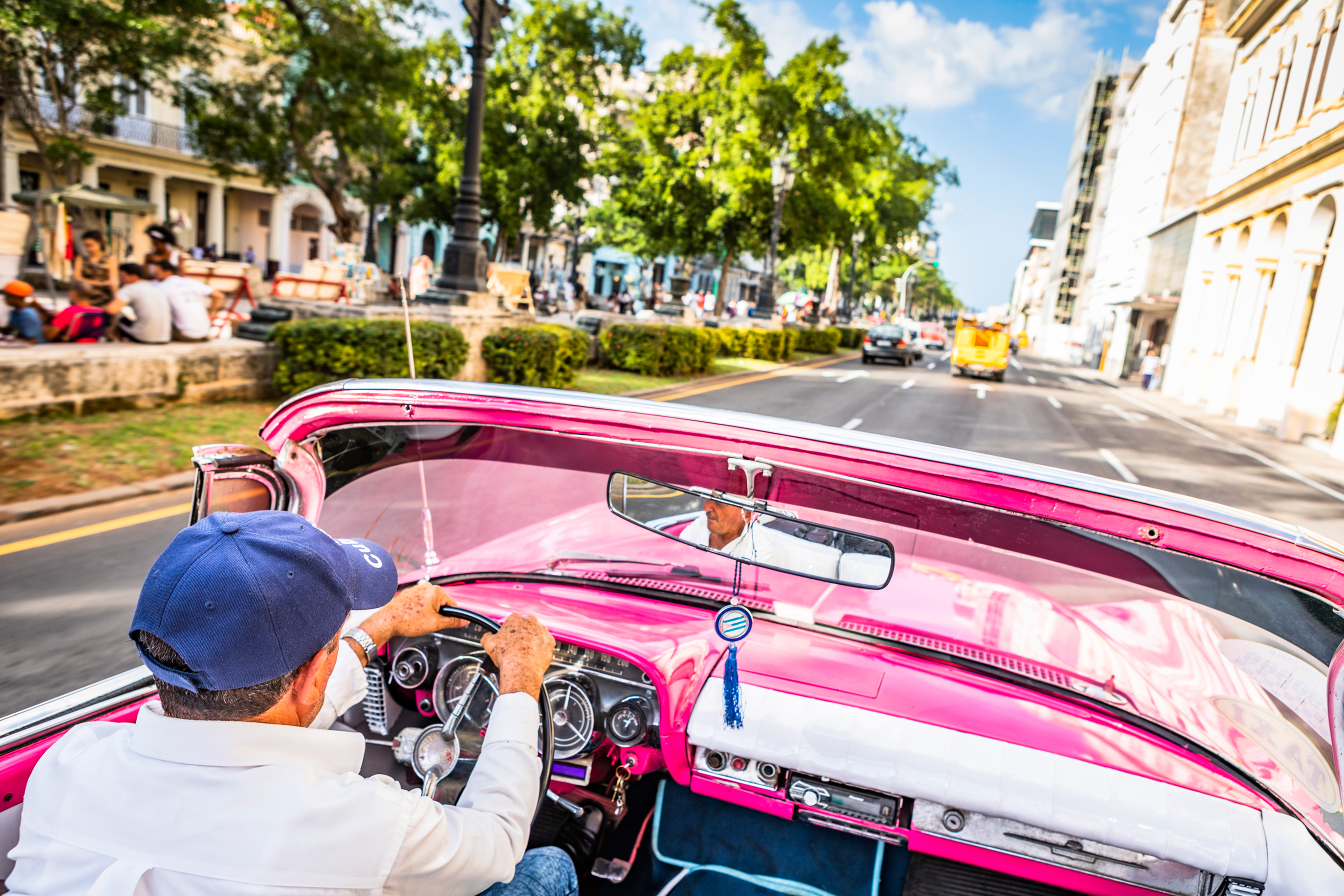
Has the Instagram effect been good for travel photography?
Social media has had both a positive and negative impact on travel photography. Yes, it is much harder to get original shots of destinations as so much already exists, but it has also made it easier to discover new photographers.
In my role as the co-founder of Jrny Travel Magazine, I have commissioned people whose work I have come across on Instagram. I think the important thing to remember is that there is always the opportunity to capture something unique. Travel photography will often bring together a combination of subject, light and composition. These variables alone can mean unique photos are never impossible.
Have you always used Canon cameras?
I did have a Fujifilm camera for a short time in university. But other than that it’s been Canon all the way. Nowadays, I have a Canon 5D Mark IV and a backup Mark II body. I think it’s only a matter of time before I move to mirrorless. I also have a DJI Mavic Pro 2 drone, and a GoPro as more and more clients now want footage and videos as well as stills.
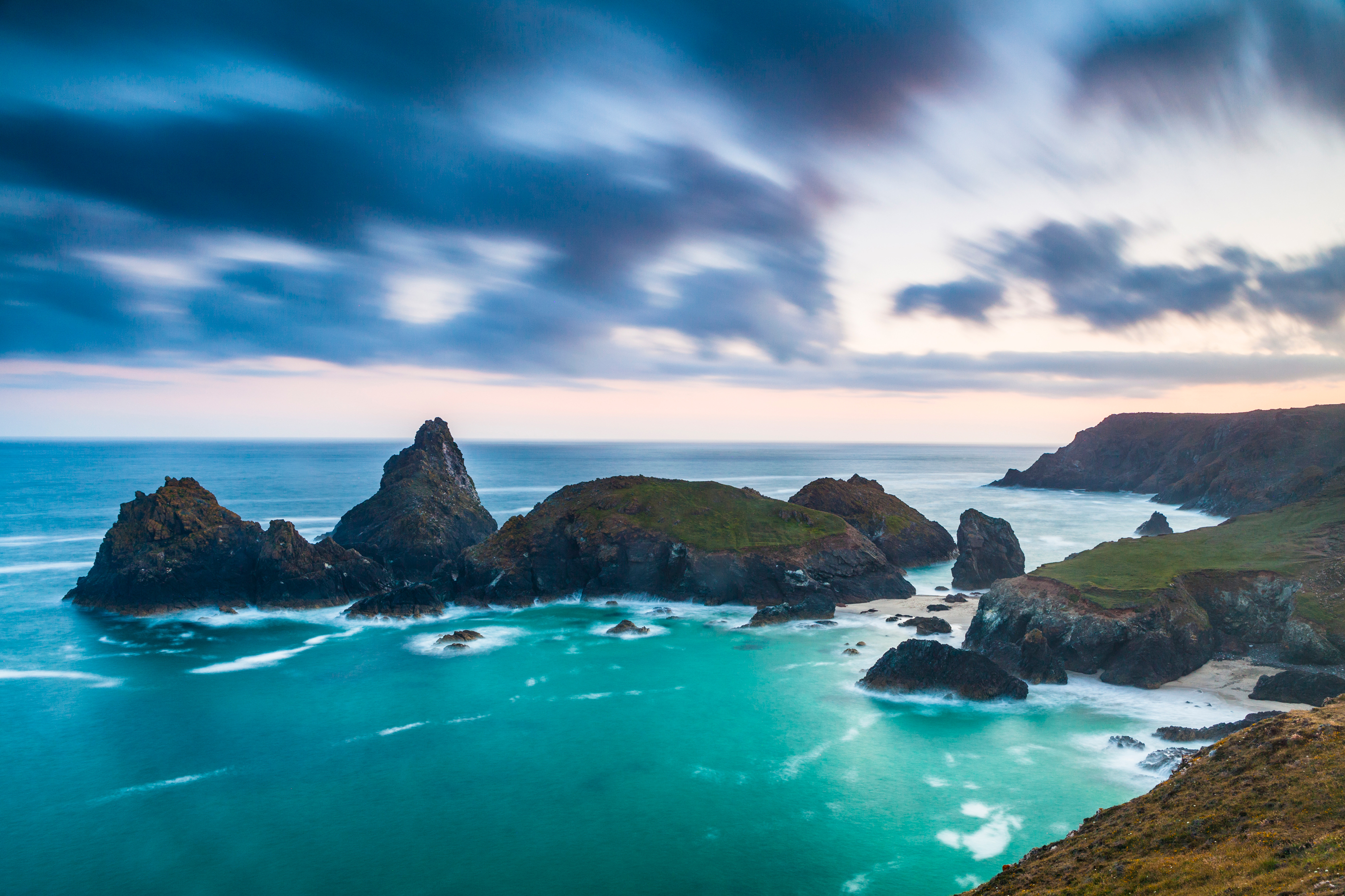
What lenses do you use most often and why?
The lens I use the most is my Canon EF 24-70mm f/2.8L lens. It’s my workhorse lens and 90% of my shots are taken with it. I’d be pretty confident of being able to do most assignments with just this one lens. My second most used lens is my Canon EF 70-200mm, which is also sometimes a great option for landscape photography as it compresses the distances between objects for a pleasing result.
Is it more important for pros to be multi-skilled?
I don’t believe that anyone can work purely as a travel photographer these days. Photographers have to have lots of skills, which is why many run tours or workshops, sell eBooks, and shoot other genres. Some like me have also become writers.
There is just far too much competition to just be a travel photographer. To be successful financially you need to expand your skillset to able to be able to offer the whole package to a client.
A longer version of this interview originally appeared in Issue 208 of Photo Plus magazine. Click the link below to see our latest special subscription deal!
PhotoPlus: The Canon Magazine is the world's only monthly newsstand title that's 100% devoted to Canon, so you can be sure the magazine is completely relevant to your system. As a subscriber, you’ll enjoy big savings on shop prices and the convenience of having every issue delivered hot off the press. Every issue comes with downloadable video tutorials too.
You might be interested in the best travel cameras, along with the best lenses for travel photography.
Get the Digital Camera World Newsletter
The best camera deals, reviews, product advice, and unmissable photography news, direct to your inbox!

Lauren is a writer, reviewer, and photographer with ten years of experience in the camera industry. She's the former Managing Editor of Digital Camera World, and previously served as Editor of Digital Photographer magazine, Technique editor for PhotoPlus: The Canon Magazine, and Deputy Editor of our sister publication, Digital Camera Magazine. An experienced journalist and freelance photographer, Lauren also has bylines at Tech Radar, Space.com, Canon Europe, PCGamesN, T3, Stuff, and British Airways' in-flight magazine. When she's not testing gear for DCW, she's probably in the kitchen testing yet another new curry recipe or walking in the Cotswolds with her Flat-coated Retriever.
